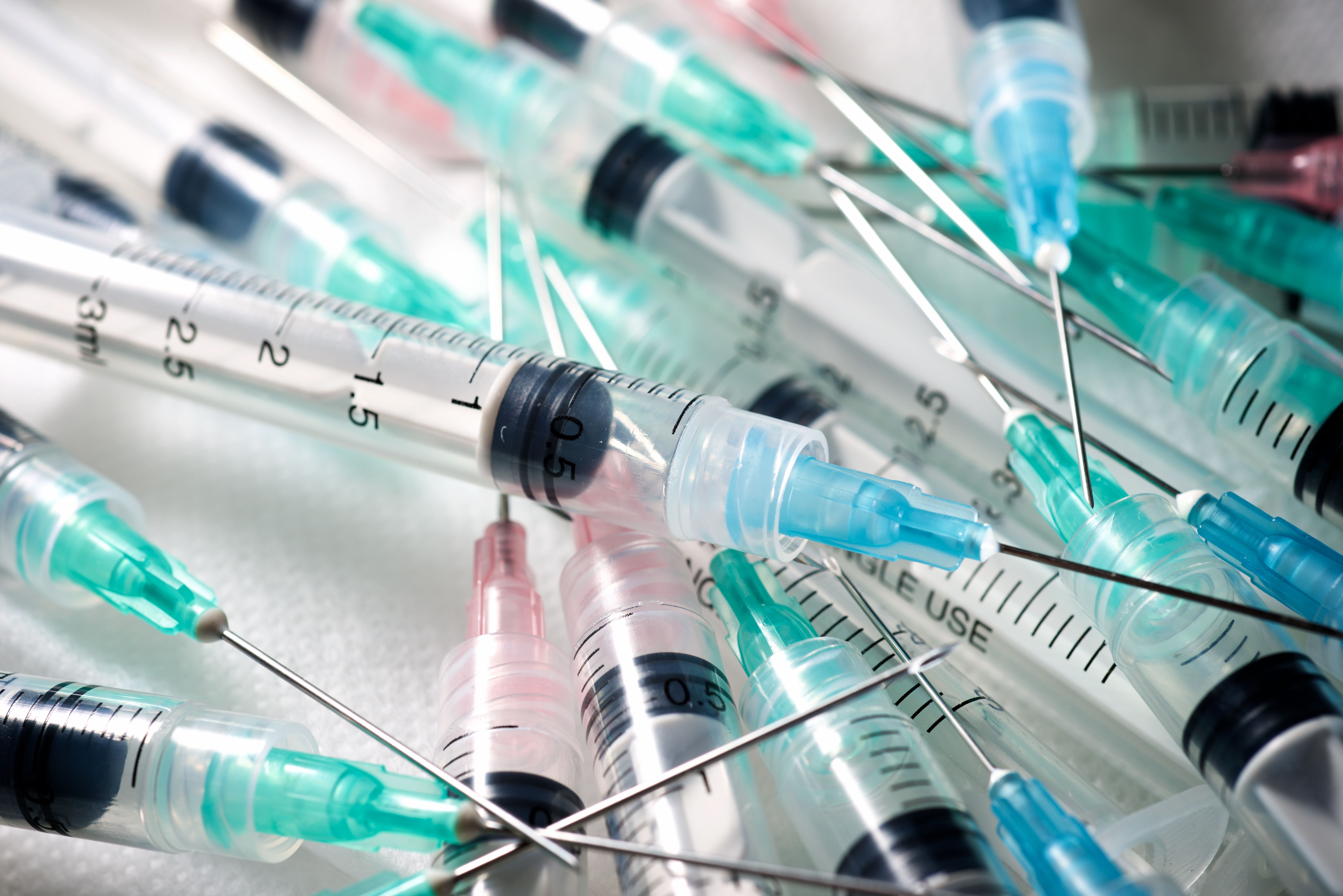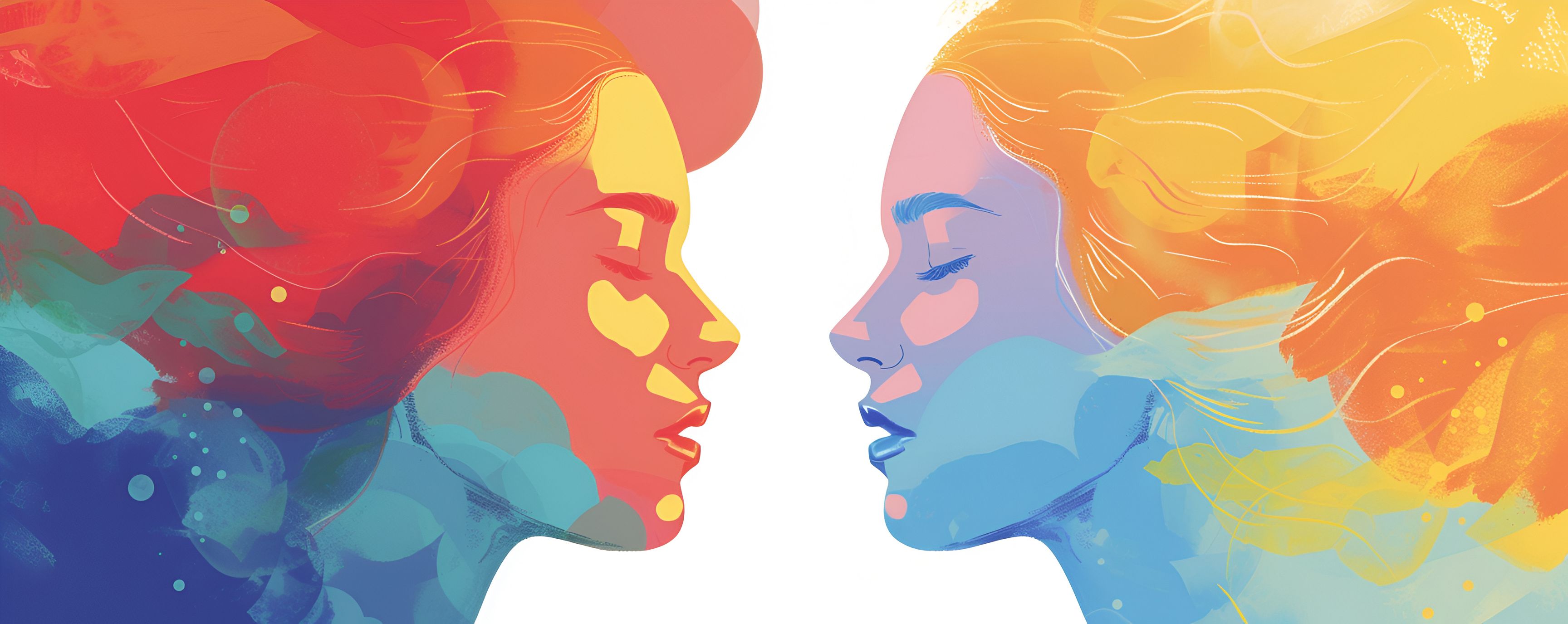Publication
Article
Psychiatric Times
When to Avoid Antidepressants in Bipolar Patients
Author(s):
Patients with bipolar depression who exhibit even minimal manic symptoms are at heightened risk for switching into mania if they receive antidepressant medication, according to a new report from the Bipolar Collaborative Network.
Patients with bipolar depression who exhibit even minimal manic symptoms are at heightened risk for switching into mania if they receive antidepressant medication, according to a new report from the Bipolar Collaborative Network.1
This finding from the multinational sites of the former Stanley Foundation Bipolar Network emerged in a post hoc analysis of 176 patients who participated in a 10-week controlled trial of adjunctive antidepressant medication for bipolar I or II depression. The investigators sought to identify clinical correlates for the development of treatment-emergent affective switching from patient demographics and baseline symptoms.

Possible risk factors for affective switch, which have been previously suggested, include comorbid substance abuse, younger age, decreased thyroid-stimulating hormone, and rapid cycling. Although none of these factors were predictive in this study, the investigators acknowledged that their modest effect size precluded ruling these out in other populations. They characterize this study, however, as the first controlled assessment of antidepressant treatment in bipolar depression to correlate a specific phenomenological presentation at baseline with affective switching in subsequent antidepressant treatment.
Of the clinical variables considered, a higher baseline score on 3 items of the Young Mania Rating Scale (YMRS)-related to increased motor activity, pressured speech, and distractibility or racing thoughts-was associated with a greater likelihood of developing hypomania or mania in the course of antidepressant treatment, whether or not depressive symptoms improved. This finding prompted the investigators to advise that “careful examination for these specific symptoms of mania is warranted prior to antidepressant treatment for patients with bipolar depression.”
Lead author Mark Frye, MD, elaborated on this recommendation in comments to Psychiatric Times. “If I’ve got . . . bipolar depressed patient[s] in my office, while there is clear evidence of them being depressed, if I notice that they’re significantly activated or they’ve got pressured speech or they’re distractible-those might be signs, now, for me to really stay away from an antidepressant for that depressive episode.”
Although study participants had higher baseline YMRS scores, the average total score of approximately 4 was below diagnostic threshold for “mixed state,” a subtype of mania. The presentation is consistent with some descriptions of a “mixed depression.”2
In an editorial accompanying the published report of the study, Christopher Schneck, MD,3 indicated that the distinct clinical course found in this group reflects the complexity of bipolar disorder and the inadequacy of existing bipolar nosology. He considers the possibility of future classifications, perhaps in DSM-V or the upcoming revision to the International Classification of Diseases (ICD-11), reminiscent of those described by Emil Kraepelin, which distinguished between pure depression, mixed depression, mixed hypomania, mixed mania, and pure mania.
“Should such classification ultimately prove to have long-standing utility and validity,” Schneck offered, “it not only will enhance our care and treatment of patients but will be yet another acknowledgment of the remarkable insights of Kraepelin and his contemporaries more than a century ago.”
Treatment-emergent versus antidepressant-induced
The use of a mood stabilizer in this study did not appear to mitigate antidepressant treatment–emergent affective switching, although others have found protective effect from a concurrent mood stabilizer.4 The investigators note, however, that in addition to the study design limitations of modest effect size and absence of placebo control, the mood stabilizers and, to a lesser degree, the type of antidepressants were not standardized.
In discussing this further with Psychiatric Times, Frye considered the possibility that patients who manifest minimal manic symptoms also demonstrate less responsiveness to the mood stabilizer, with less protection against affective switching. “You could argue that the mood stabilizer was not fully optimal, because they would not have been coming in to our study-for bipolar depression-anyway, if it had been working,” Frye commented, “and specifically with the treatment-emergent manic group, you could argue that it wasn’t optimal from the other side either, that there was no mania prophylaxis.”
Frye and colleagues point out that their study does not address the question of whether antidepressants raise the risk of switching and indicate that larger studies with longer-term follow-up and monitoring for manic symptoms are necessary to distinguish antidepressant causality from the natural course of illness. This group has previously differentiated between antidepressants for relative risk of associated switching, however, and they emphasize in this report that “treatment-emergent mania is unequivocally an adverse outcome.”5
Frye commented that they had described this adverse outcome as treatment-emergent rather than antidepressant-induced because differences in patient susceptibility and between antidepressants in liability remain to be elucidated. “Maybe someone who does not have minimal manic symptoms and is on an SSRI for bipolar depression will do okay,” Frye explained, “but maybe someone who has minimal manic symptoms and then gets on more of a noradrenergic antidepressant . . . maybe that’s where there is compound risk.”
In an earlier study of adjunctive antidepressant treatment for bipolar depression, Gary Sachs, MD, and colleagues6 found neither an increased rate of treatment-emergent affective switch with addition of an antidepressant to a mood stabilizer nor evidence of increased efficacy. Frye cautioned against attempting to compare that study with his; he noted the differences in populations and designs, and pointed out that efficacy was not the primary outcome measure of his study.
Although the Sachs study data suggest that antidepressants are safe but ineffective for bipolar depression, Sachs and colleagues cautioned that longer-term studies are needed to fully assess the benefits and risks. While the role of antidepressant medication for bipolar depression continues to be debated, Frye offered his personal perspective that an antidepressant can be beneficial and safe for some patients with bipolar disorder.
“I would rather see us, as a field, not try to say, yes they work or they don’t, or they’re safe or they’re not, and really take more of an individualized, personalized approach,” Frye said. The focus should be on distinguishing between patients and defining individual optimal treatments, Frye argued.
References:
1. Frye MA, Helleman G, McElroy SL, et al. Correlates of treatment-emergent mania associated with antidepressant treatment in bipolar depression. Am J Psychiatry. 2009;166:164-172.
2. Benazzi F, Akiskal HS. Psychometric delineation of the most discriminant symptoms of depressive mixed states. Psychiatry Res. 2006;141:81-88.
3. Schneck CD. Mixed depression: the importance of rediscovering subtypes of mixed mood states. Am J Psychiatry. 2009;166:127-130.
4. Bottlender R, Rudolf D, Strauss A, Möller HJ. Moodstabilisers reduce the risk of developing antidepressant- induced maniform states in acute treatment of bipolar I depressed patients. J Affect Disord. 2001; 63:79-83.
5. Leverich GS, Altshuler LL, Frye MA, et al. Risk of switch in mood polarity to hypomania or mania in patients with bipolar depression during acute and continuation trials of venlafaxine, sertraline, and bupropion as adjuncts to mood stabilizers. Am J Psychiatry. 2006;163:232-239.
6. Sachs GS, Nierenberg AA, Calabrese JR, et al. Effectiveness of adjunctive antidepressant treatment for bipolar depression. N Engl J Med. 2007;356:1711-1722.
Newsletter
Receive trusted psychiatric news, expert analysis, and clinical insights — subscribe today to support your practice and your patients.






